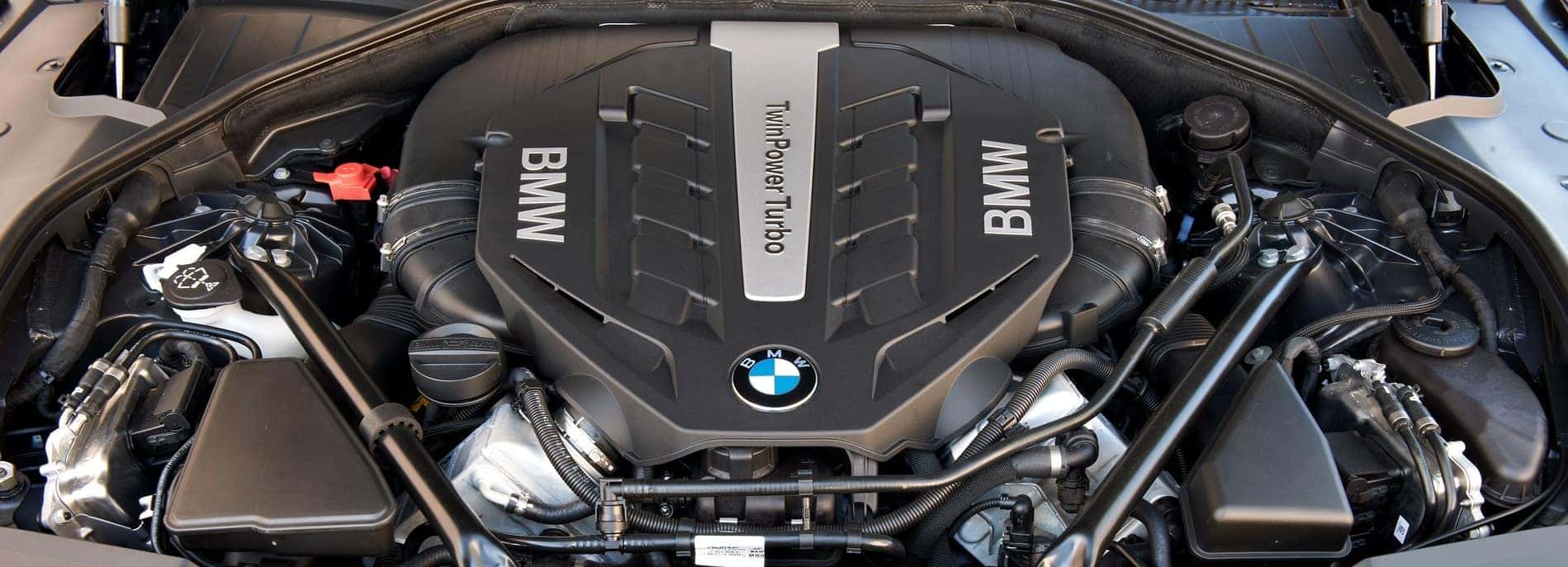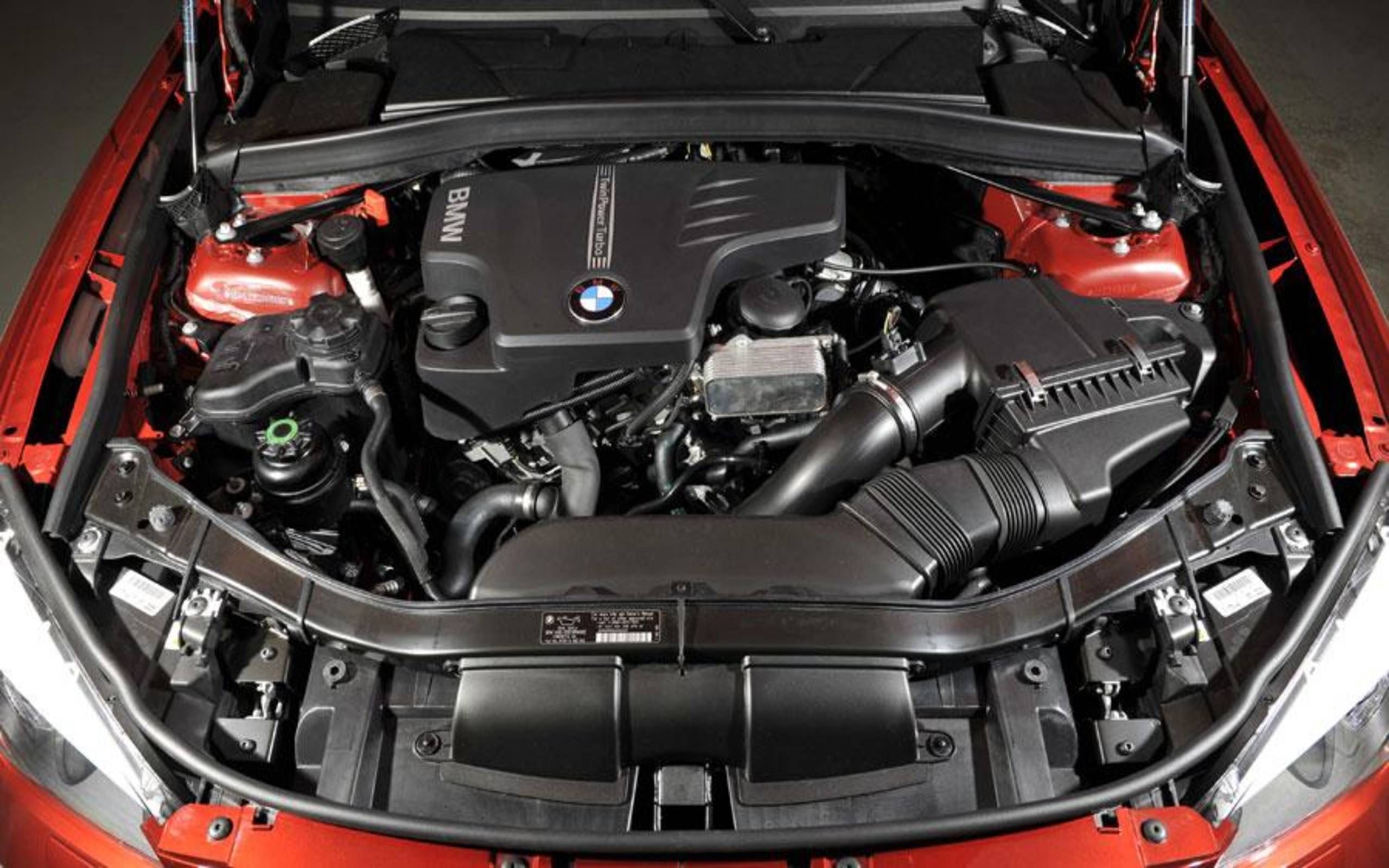Why the BMW Engine Is Thought About Among the Best in Luxury Cars
Why the BMW Engine Is Thought About Among the Best in Luxury Cars
Blog Article
Discovering the Development of Combustion Engines in Modern Transport Systems
As we navigate the landscape of modern-day transport, the development of burning engines stands as a testimony to human ingenuity and design prowess. The interplay of history, modern technology, and environmental worries in shaping the trajectory of combustion engines creates a story that is both informative and engaging.
Early Beginnings of Combustion Engines
How did the concept of combustion engines very first arise in the beginning of transport development? The origins of combustion engines can be mapped back to the 17th century when the concepts of interior burning were initial explored. In 1673, Christian Huygens conceptualized a fundamental interior combustion engine that made use of gunpowder to produce power. It wasn't till the late 19th century that useful applications of burning engines in transportation began to emerge.
The development moment featured the invention of the initial effective gasoline-powered engine by Karl Benz in 1885 - bmw engine. This engine led the means for the growth of the modern-day car, changing transportation systems worldwide. Subsequent advancements by Nikolaus Otto and Gottlieb Daimler further improved combustion engine technology, leading to the automation of autos and the fast expansion of the transportation market
These very early combustion engines were defined by their simplicity and performance, laying the foundation for the facility and effective engines used in modern transport systems. The evolution of burning engines has contributed fit the method we travel and transfer items, marking a substantial milestone in the background of transportation development.
Shift to Internal Burning Modern Technology
The shift to internal combustion innovation noted a crucial shift in the development of transportation systems. This change began in the late 19th century, with innovators like Nikolaus Otto and Gottlieb Daimler creating the very first effective inner burning engines. These engines changed transportation by using a more powerful and reliable choice to steam engines and electric motors.
Among the essential benefits of inner burning engines was their capacity to be scaled down to match automobiles, leading to the advancement of autos and motorbikes. This shift from cumbersome, fixed engines to compact, mobile ones paved the way for the contemporary transport systems we see today.
The shift to interior burning modern technology additionally spurred innovations in gas modern technology, causing the advancement of gasoline and diesel as main gas sources for cars. This change not just made transport extra obtainable to the masses but likewise laid the structure for the oil and gas sector to become integral to international economic situations.
Influence of Combustion Engines on Transportation
The adoption of burning engines in transport systems militarized an extensive shift in the efficiency and rate of worldwide wheelchair. Combustion engines reinvented transport by supplying a dependable and versatile resource of power for various vehicles, consisting of cars, ships, vehicles, and planes. This technology significantly boosted the ability for individuals and items to relocate over lengthy distances in much shorter time structures, leading to increased connectivity between areas and countries.
Additionally, the extensive use combustion engines has had a significant impact on financial advancement. The capacity to deliver products effectively has stimulated trade and business, allowing organizations to increase their markets and get to consumers worldwide. This has actually promoted financial development and globalization, as products can currently be transported much faster and in bigger amounts than ever previously.
Nonetheless, the environmental impact of burning engines can not be neglected. The combustion of nonrenewable fuel sources has resulted in air contamination and greenhouse gas discharges, adding to climate change and posing health risks to populaces. bmw engine. Therefore, there is an expanding emphasis on creating alternate propulsion modern technologies to mitigate these negative impacts and produce a more lasting future for transportation
Developments in Burning Engine Design
One noteworthy development is the development of turbocharged engines, which use exhaust gases to drive a turbine that presses incoming air, permitting for more gas to be burnt, resulting in enhanced power output without a considerable boost in engine dimension. Variable shutoff timing systems have actually likewise revolutionized engine layout by maximizing air flow at various engine speeds, enhancing both power and performance. These advancements jointly contribute to the continuous improvement of burning engines in modern transportation systems.
Future Fads in Burning Engine Advancement
With technology developments driving continual technology, the future of combustion engine development is poised to revolutionize transport systems worldwide. One of the vital patterns in combustion engine development is the push in the direction of better efficiency and decreased emissions. Makers are spending heavily in r & d to enhance engine performance while fulfilling rigid ecological laws. This consists of the combination of sophisticated fuel injection systems, enhanced turbocharging approaches, and the usage of lightweight materials to maximize gas consumption and lower carbon exhausts.
One more famous trend is the fostering of hybrid technologies in burning engines. Crossbreed engines incorporate typical combustion innovation with have a peek at this website electrical power, offering improved fuel effectiveness why not check here and lower emissions. As the auto sector changes towards electrification, hybrid burning engines are viewed as a transitional solution that connects the gap in between standard lorries and completely electrical ones.
In addition, the assimilation of wise modern technologies, such as expert system and data analytics, is anticipated to play a significant duty in the future of burning engine advancement. These technologies can optimize engine performance in real-time, bring about a lot more reliable burning processes and improved overall car performance. Embracing these future trends will certainly not only drive technology in burning engine development but also add to a more environmentally friendly and lasting transportation ecological community.

Conclusion
In verdict, the evolution of combustion engines in contemporary transportation systems has been noted by considerable advancements in modern technology and style. From the very early beginnings of burning engines to the change to interior combustion innovation, these engines have actually had an extensive impact on transport. Developments in combustion engine style remain to drive development in this area, with future fads concentrating on further improving performance and reducing exhausts. The future of burning engines in transportation looks promising as research and growth efforts remain to press borders.
The origins of burning engines can be traced back find out this here to the 17th century when the concepts of internal burning were very first checked out. These engines reinvented transportation by offering a much more effective and effective alternative to steam engines and electric motors.

Report this page